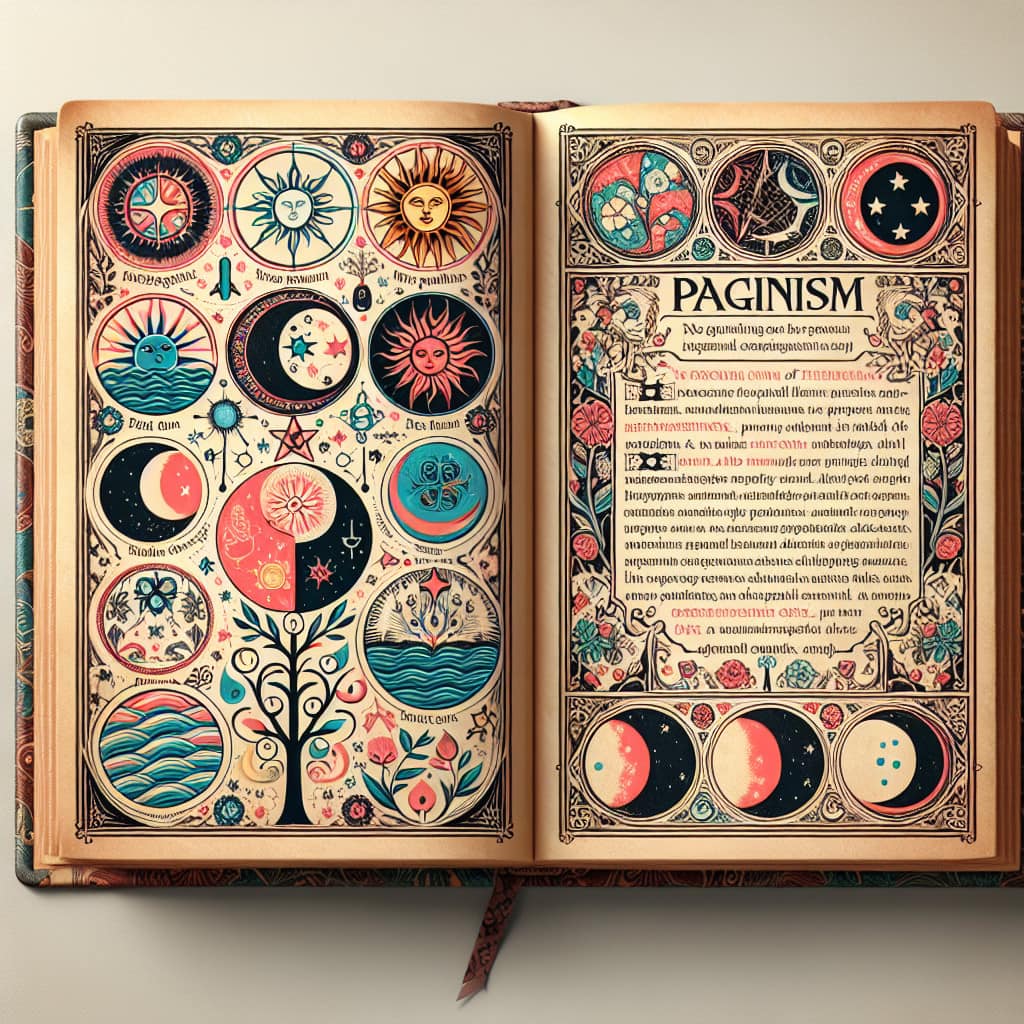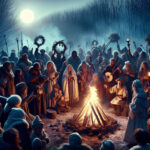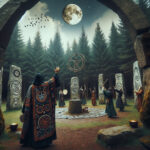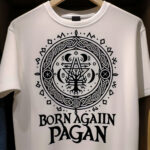Pagan deities have existed for centuries, representing different belief systems and cultures. They are often seen as symbols of strength, wisdom, and spiritual guidance. In this article, we will explore what a pagan deity is and how it has been used throughout history. We will look at the various types of pagan deities, how they are worshipped, and how they are incorporated into pagan religions. Finally, we will discuss how the concept of a pagan deity has evolved over time.
Pagan deities are the spiritual forces that human beings have worshipped since ancient times, and continue to revere in the present day. They are a powerful and integral part of many pagan traditions, and often embody the values and beliefs of a particular culture.
What Is a Pagan Deity?
Pagan deities are divine beings or supernatural entities who are worshiped by adherents of a particular spiritual tradition. They are typically associated with a particular culture, and represent the values and beliefs of that culture. Pagan deities can be grouped into broad categories, such as gods and goddesses, nature spirits, and ancestor spirits.
What Are the Origins of Pagan Deities?
Pagan deities have been worshipped by human beings since ancient times. Many of the oldest pagan deities have roots in pre-Christian religions, such as ancient Greek mythology and Roman religion. Over the centuries, many new deities have been created or adopted by various cultures, such as Celtic gods, Norse gods, and Slavic gods.
What Are the Different Types of Pagan Deities?
There are many different types of pagan deities, each with their own distinct characteristics and attributes. The most common types of pagan deities are gods and goddesses, which are typically associated with a culture’s understanding of the natural world and its forces. Other types of pagan deities include nature spirits, such as fairies, elves, and elementals; ancestor spirits, such as the spirits of deceased family members; and divine beings, such as angels and demons.
How Do Pagan Deities Impact the Lives of Worshipers?
Pagan deities are believed to have the power to influence the lives of their worshipers. In many pagan traditions, the gods and goddesses are seen as powerful and benevolent forces that can be called upon for guidance and protection. Worshipers may also offer prayers and offerings to their deities in order to receive blessings or to seek help in times of need.
How Are Pagan Deities Worshipped?
Pagan deities are typically worshiped through rituals and ceremonies, such as prayers, offerings, and sacrifices. These rituals can vary greatly from one tradition to another, but typically involve some form of prayer or invocation. Offerings are also often made to the deities, usually in the form of food, drink, incense, or other items of value.
What Is the Difference Between Pagan Deities and Monotheistic Deities?
The most significant difference between pagan deities and monotheistic deities is that pagan deities are typically seen as many individual gods and goddesses, while monotheistic deities are typically seen as a single, all-powerful being. Pagan deities are also usually associated with a particular culture or tradition, while monotheistic deities are usually seen as universal and transcendent.
Pagan deities are an important part of the spiritual practice of many people today. They offer a connection to the divine that is unique and meaningful. They are often seen as protectors, healers, and teachers, and can help us to understand our place in the universe. By engaging with these deities, we can deepen our spiritual practice and gain insight into our own beliefs and values. Ultimately, a pagan deity can be a powerful source of guidance and inspiration in our lives. The relationship between a pagan and their deity is a unique and personal one, and is an important part of many spiritual paths.





